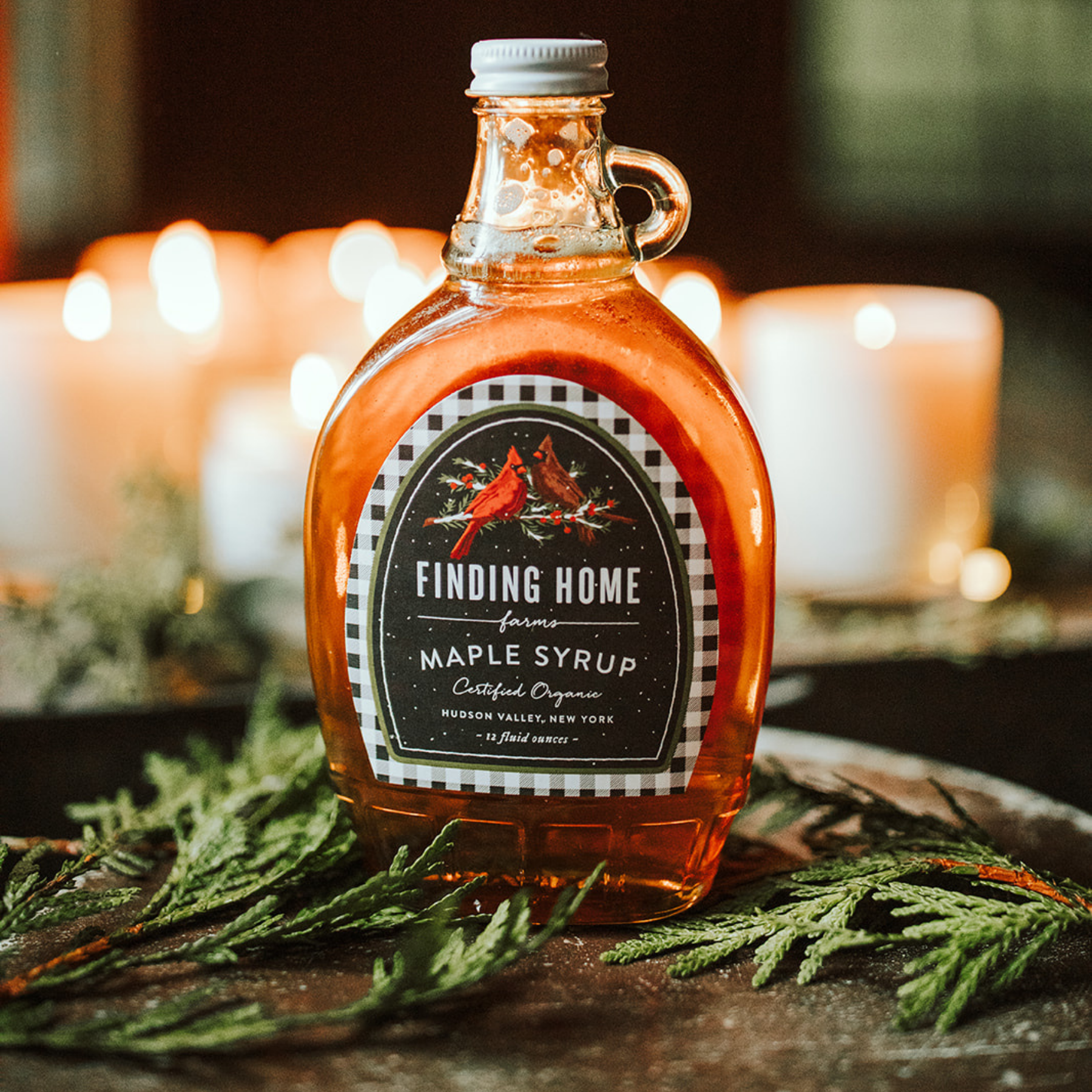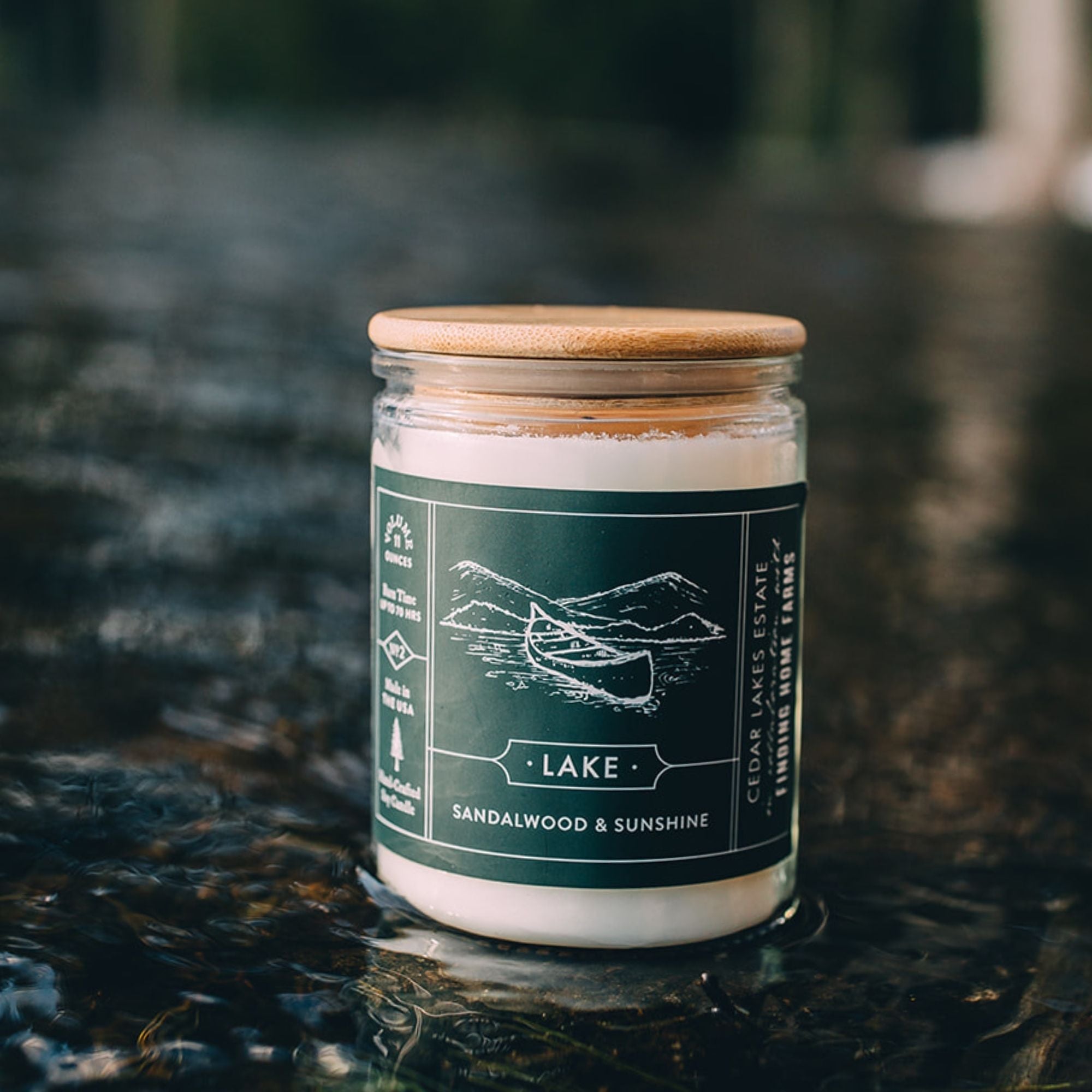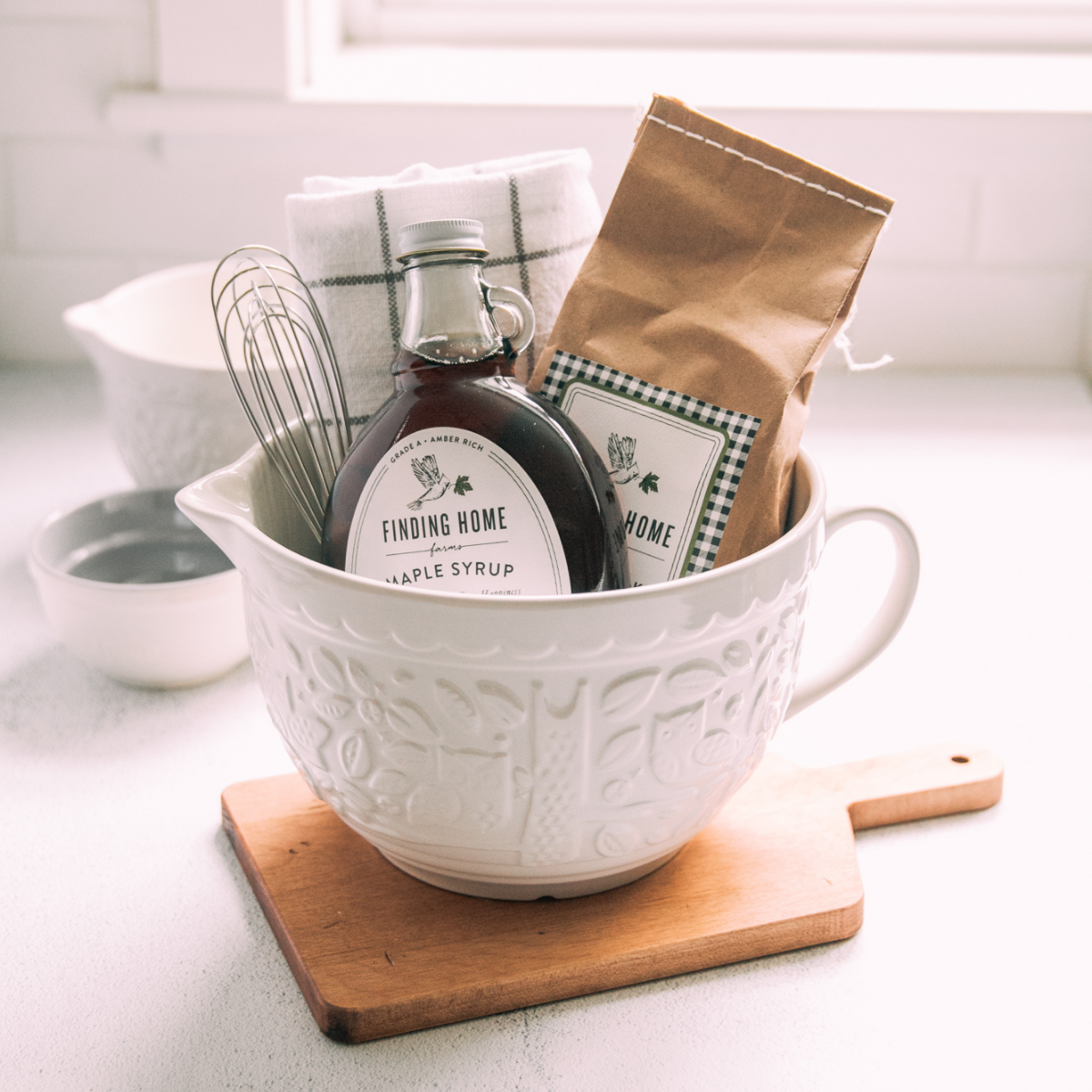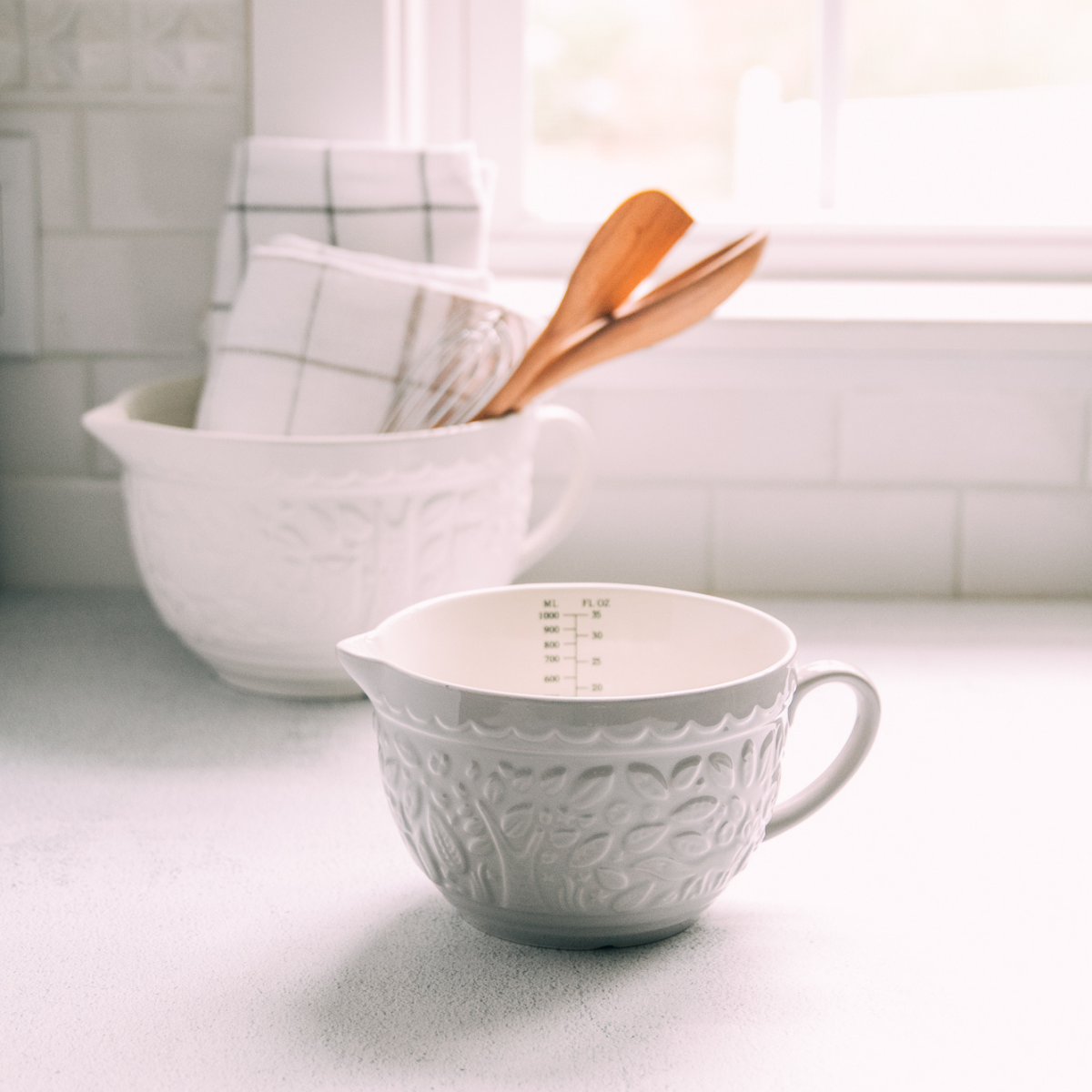Quick and Easy DIY Console Table

Yesterday, I went shopping for a table. I am not sure what I was thinking. What was the likelihood of me finding a table about 34'” tall, 22” wide and only about 8” deep? Oh, and in a rustic wood finish too. So, instead, I decided (okay, hubby did most of this one) to build a DIY console table that was “just right”. You see, I was working on another project, and I just felt like I needed a little something in this small space. This is the cabinet that houses our refrigerator, but as you can see, the door to the deck is right there as well. And my sweet hubby offered to make me one. And for that, I was very happy. (oh, and if you want to see what is above the table, you can see it here)

The good part about the door being right there is that it makes for the perfect amount of light for some plants – which I hopefully do not kill.But my absolute favorite part is that the wood we used had this beautiful script writing on it. Yummy.It is on the front apron and on the side leg as well.We built this table in less than an hour, with essentially one piece of wood. We figured it out as we went and worked to maximize the one piece of wood we were working with. Here is a general idea of how we did it… The piece we started with was 72” long and about 11.5 inches wide. Using a table saw, we split it once length wide right down the middle. If you do not have a table saw, the box hardware stores will cut it for you. We cut two piece for the top – one from the rustic wood and one from new wood. They are the same size and stacked on top of each other. They are both 22” long. We used the new piece to drill into from underneath to the top piece and then we attached the aprons and side pieces using a Kreg Jig. If you don’t know what a Kreg Jig is – look it up – they are amazing. They basically allow you to make strong connections on an angle without it being visible. We inset the legs to allow for the smaller shelf, which we cut down to 18”. We cut 2 brackets that are about 2.5” inches high and we drilled them into the legs and then drilled the shelf into the brackets. This pulled it all together. (Actually as far as order, we started on the bottom and worked our way up). We cut the corners of the aprons off at 45% with a chop saw. We used a band sander to grind down the small section of the underneath new piece that stuck out beyond the angles. I then covered the whole thing in a coat of Annie Sloan dark wax, wiped it off and buffed it. This gave moisture to the whole piece and then blended the new wood edges and any new cuts right in. This is how we built it to fit this particular space, but the same principals could be applied to a larger size that is customizable to your space. Happy building and thanks for reading! 










